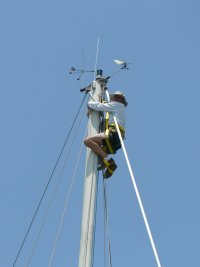Bernardo van de Schepop
Temporary Member
Dear M376 owners.
I'm visiting one M376 on Monday and while investigating its ad I bumped into this unexpected joint. Any feedback is very welcome.
Cheers!
This is the ad: https://www.boat24.com/en/sailingboats/moody/moody-376/detail/549770/

I'm visiting one M376 on Monday and while investigating its ad I bumped into this unexpected joint. Any feedback is very welcome.
Cheers!
This is the ad: https://www.boat24.com/en/sailingboats/moody/moody-376/detail/549770/

